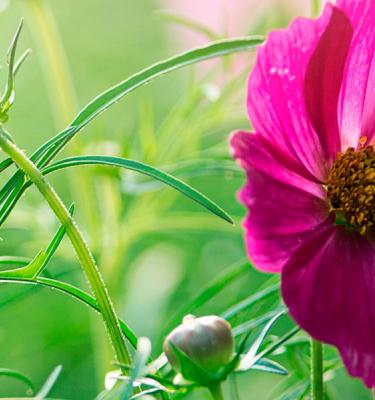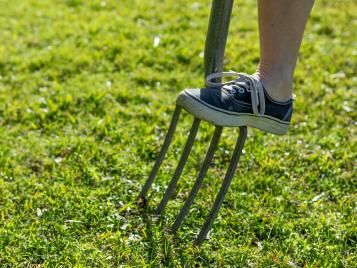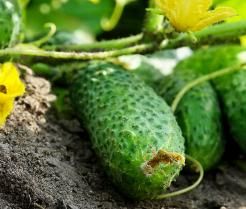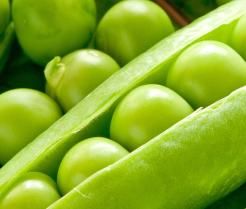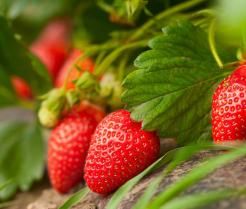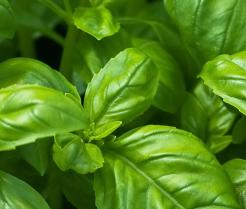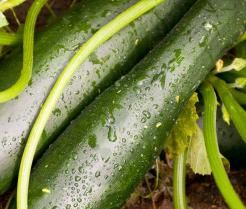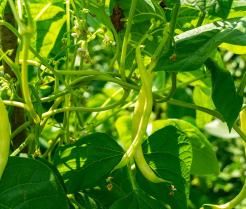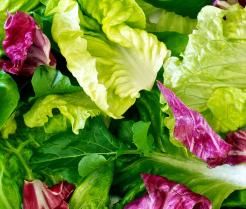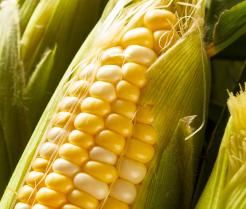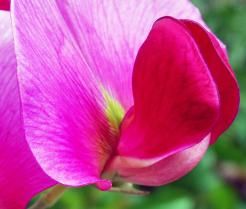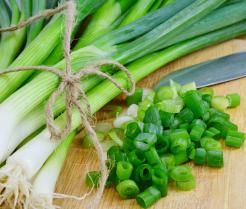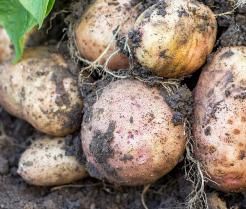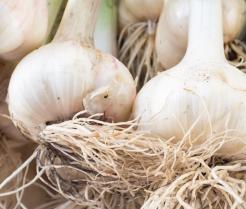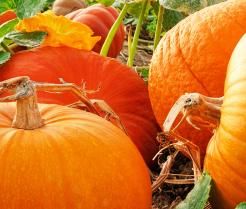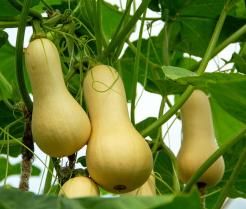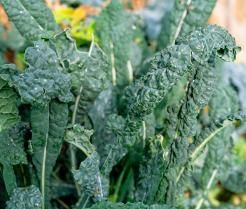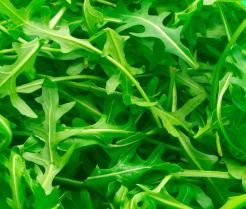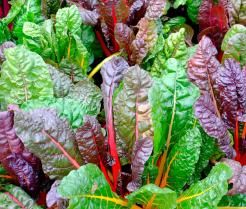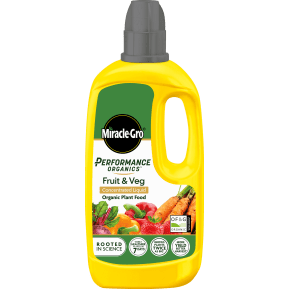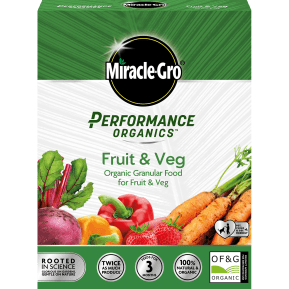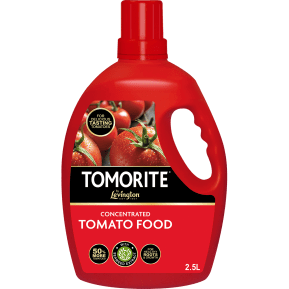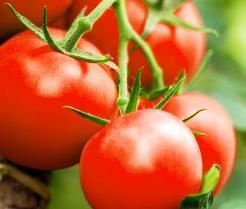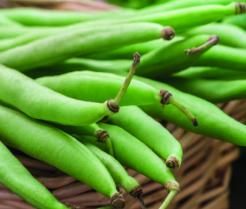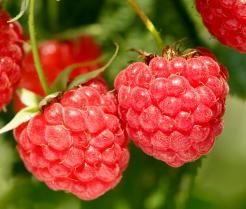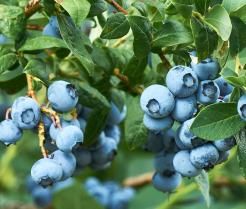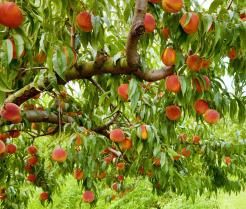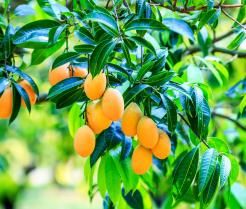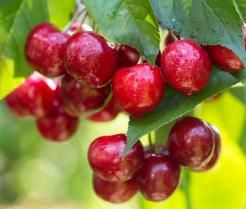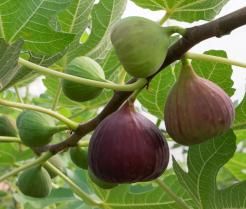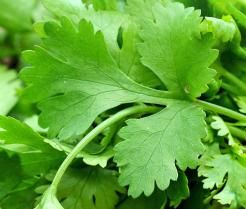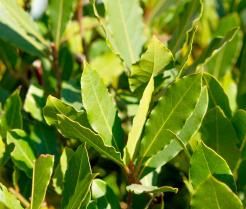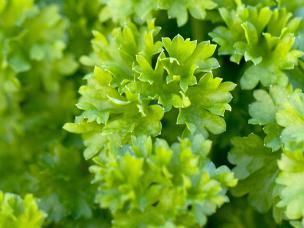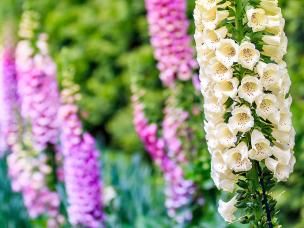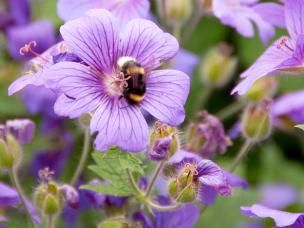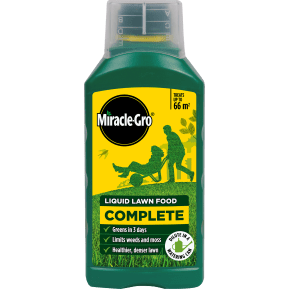July Gardening: Your Monthly Garden Guide
We never know quite what the weather will be like in July, so when the sun shines, take every opportunity to get out and enjoy your garden. Many plants are in full bloom now, and there’s plenty to do to keep them healthy and looking great, whether it’s watering vegetables during dry spells, deadheading faded flowers or keeping on top of the weeding. If you’re wondering what to grow In July then there are plenty of fruit, veg and even flowers that you can plant at this time of year. But most importantly, make some time to simply sit and appreciate the stunning results of your hard work!
What to plant in July and other July gardening tips
You’ll really start to reap the rewards of your gardening efforts this month with so much fruit and veg to harvest. Don’t worry if you don’t have any crops, though; elsewhere there’s plenty to do in the garden. If you’re wondering what to plant in July and how to keep your displays healthy, choose your favourite category below and read our July gardening tips.
Whether you have a vegetable patch, a fruit patch, or you’ve been putting your energy into growing herbs and spices that are packed full of flavour, you’ll likely find that much of your time this month is going to be spent harvesting your crops. There are also quite a few vegetables that can be planted in July, but prioritise making space in your fridge for a bountiful harvest.
Vegetables
When it comes to what veg to grow in July, you’ll find that leafy greens are generally the most suited to the warmer weather, with plenty of options for both indoor and outdoor planting. If you’re looking to get a harvest in, then you’ll probably find that a few of your root veg are ready but July is more about those fresh salad leaves and juicy tomatoes.
What vegetables to plant in July
The veg garden is in full swing in July and there’s plenty to do, with winter vegetable seedlings to plant out, successional crops like salad leaves to sow, and delicious vegetables to harvest for the dinner table. Keep up with the watering, weeding and feeding to give your vegetables everything they need to ripen, and be on the lookout for any signs of pests and diseases.
If you’re wondering what vegetables to plant in July, then the following can all be sown outdoors directly into well-prepared soil, whether in beds, borders or containers.
Growing vegetables in July
Alongside planting and harvesting your veg, there’s plenty of maintenance to be done in the vegetable patch at this time of year. Make sure you’re watering your crops regularly – especially the container-grown plants – and weeding them when they need it. Hoe around the plants carefully to avoid damaging shallow roots, and consider using a naturally derived weed control.
Feed your tomatoes, courgettes, peppers and cucumbers weekly with a high potash liquid feed such as Tomorite. Cordon your cucumbers and tomatoes to supports and pinch out the side shoots on the latter – there’s no need to do this for bush tomatoes.
Pinch out the tips of aubergine, squash and courgette plants to produce bushy plants, and earth up potatoes to improve the yield and prevent those near the surface turning green.
Finally, check for cabbage white eggs under brassica leaves and remove any you find.
What vegetables to harvest in July
There’s plenty of veg to harvest this month, giving you a chance to enjoy the taste of your own homegrown, fresh-picked produce. These are some of the vegetables ready to harvest in July:
Recommendation: Harvest your courgettes and runner beans regularly as they taste best when young and tender. It also encourages the plants to produce more.
Fruit
If you’re wondering what fruit to plant in July, then a good rule of thumb is that most soft fruits that come into harvest in July can also be sown in July. Speaking of harvests, you’ll likely find yourself bringing in quite a large one this month, so make sure you brush up on your cheesecake and crumble recipes!
What to plant this month
The fruit most amenable to being planted in July also happens to be the fruit that is often ripe for the harvest in July. So, anything you plant now, you can expect to see bear fruit in about a year’s time. Throughout July you can plant:
Growing fruit in July
July tends to be a relatively warm, dry month, so you may find that your plants and trees need a little extra care.
Thin out the fruit of apple, plum, pear and peach trees by removing some of the fruit from each cluster. This helps to concentrate the plants’ energies into growing the remaining fruits. Once you’ve done that, it’s a good idea to prune any stone fruit trees (including plum and peach, but also cherry and apricot) to reduce the risk of silver leaf disease. There’s less chance of infection if the trees are pruned in summer. You can also prune any espalier, fan and cordon trained fruit trees.
Peg down runners from strawberry plants to produce new plants for next year. If you don’t need new strawberry plants, cut the runners off. When summer-fruiting raspberries have finished cropping, cut out the old fruiting canes to ground level.
Finally, you should treat any apple scab by cutting off and disposing of infected twigs, leaves or fruit.
What fruit to harvest in July
There’s an abundance of fruit to harvest in July, especially soft fruit like currants, summer-fruiting raspberries, gooseberries and the last of the strawberries. Use them fresh in delicious puddings and tarts or freeze them to keep you well stocked with fruit for the winter. The following fruits should all be ready for the harvest in July:
Herbs and spices
Wondering what herbs can be planted in July? There are a few options but, overall, July is when your existing plants really start to flourish so you may be better off focusing your efforts on harvesting your herbs and making sure they have the care they need to flourish through the hot summer months.
What herbs and spices to plant in July
Herb gardens really come into their own in summer, bursting with growth, all ready for harvesting and using in the kitchen. You can sow the following herbs in July for a constant supply of fresh leaves:
These can all be sown outdoors in pots or in well-prepared soil. Remember to keep sowing annual herbs like coriander every few weeks, so that your supplies don’t run out over summer.
Growing herbs and spices in July
July is mainly about ensuring your herbs have the moisture they need to continue growing through the warmer spells. If you focus on that, you can’t go too far wrong so continue watering your container-grown herbs regularly throughout July – especially if the weather is hot. You can also use a naturally derived plant food specifically designed for produce to keep your herbs both healthy and tasty.
Once you’ve achieved a regular watering routine, all you need to do is pinch off any developing flowers from annual and biennial herbs like basil, coriander and parsley. The flavour of the leaves deteriorates once the plants have flowered so make sure you catch them early (although this isn’t the case for shrubby herbs like rosemary and lavender, so don’t get too pinch happy).
What herbs and spices to harvest in July
All herbs can be harvested in July and many actually benefit from regular harvesting, simply putting on more growth, ready to be harvested again. Here are some to focus on:
Recommendation: When harvesting herbs for drying, pick them early in the morning as soon as they’re dry, so that they’re still filled with their essential oils.
When it comes to expanding your outdoor plant collection, there’s not a whole lot to do at this time of year. If you do find yourself wondering what to plant in July, then there are a few flowers and bulbs that will thrive but even these are usually better suited to a greenhouse or pots. Consider using the time to admire your garden but if you do find your green thumbs itching, then read on for some suggestions.
Flowers and bulbs
Perennials, annuals and summer-flowering bulbs are all in full bloom this month, so take some time to sit and enjoy the results of all your hard work in the garden. When it comes to choosing what flowers to plant in July, it’s time to start looking ahead to our autumn bulbs, and flowers that will be due to bloom next spring and summer. Elsewhere, there’s plenty of pruning to keep on top of, and your flower beds may need a little helping hand during any hot dry spells.
What flowers and bulbs to plant in July
Once you’ve taken some time to admire your colourful summer display, there are a few flowers to sow and bulbs to plant to make sure your garden keeps on looking great throughout the year.
The following seeds can be sown in a greenhouse or on a sunny windowsill in July, ready to flower next spring and summer:
-
Aquilegia
-
Delphiniums
-
Foxgloves
-
Wallflowers
It’s also time to start thinking about any autumn-flowering bulbs. Find a home for them in well-drained soil or in pots, planting them at a depth of around two times the length of the bulb, and watering them straight after planting. The following are all good options for this time of year:
-
Nerines
-
Colchicums
-
Cyclamen hederifolium
-
Arum italicum ‘Marmoratum’
What to plant this month
Cut back faded perennials once they’ve finished flowering to keep the garden looking tidy. They will put on fresh growth and often a second flush of flowers in late summer. Perennials to cut back in July include:
-
Hardy geraniums
-
Delphiniums
-
Lupins
Once you’ve taken some time to enjoy your beautiful summer garden, planted some seeds and bulbs for next year, and completed your essential pruning, there are just a few last bits of maintenance to take care of.
Continue deadheading perennials regularly to encourage them to keep producing flowers. Cut sweet pea flowers for the house and to stop the plants setting seed, and lift any overgrown clumps of bearded irises, dividing them to rejuvenate the plants. While doing this, you can add an all-purpose, naturally derived liquid plant food to help build resilience against environmental stresses.
July tends to be one of the drier months, so it might be a good opportunity to add some decorative bark to your flower beds or perhaps even a peat-free compost. This helps to lock in the moisture but can also suppress weed growth.
Finally, it’s a good time to spray any perennial weeds like ground elder and bindweed with a naturally derived weed control, as the plants have plenty of leaves with which to absorb it. Always follow the manufacturer’s instructions when using weed control, and protect the surrounding plants before spraying.
Lawns get a lot of wear in summer when we’re all out in our gardens enjoying the sunshine. If you’re looking for July lawn care tips then you can do little better than to focus on keeping your lawn tidy by mowing it regularly and trimming the edges. You can also give it a feed to help repair those patches that are getting a bit worn out from all of the summer activity.
July lawn care
If your lawn is starting to look a little brown this July, don’t worry – this is particularly common during hot, dry summers. Hold your nerve and try to resist rushing to water it straightaway. Grass is tough and will generally bounce back once it gets some rain, so be water-wise and wait a while. Instead, focus your July lawn treatment plan on any troublesome weeds, as this will be a more effective use of your energy.
Individual weeds can be rooted up by hand, or you can use a selective lawn weed control to tackle heavy infestations without damaging your grass.
If you have a newly seeded lawn or have recently laid turf, then this is when you will want to consider watering it regularly – especially during hot, dry weather. You don’t want the roots to dry out before they’ve established. Make sure you water your lawn in the mornings when it’s cooler to increase the chance of the water soaking into the soil, and to reduce the risk of red thread – a fungal disease.
If you haven’t been doing so in previous months, consider applying a naturally derived spring and summer lawn feed to your grass.
Finally, keep mowing your lawn regularly. If the weather is nice, it’s a great excuse to spend some time outside. Just remember to raise the blades on your mower slightly if it’s particularly hot and dry. This will reduce stress on the grass and keep moss from bedding in.
